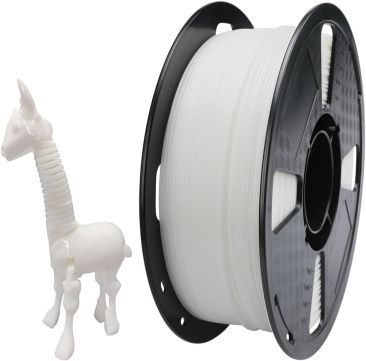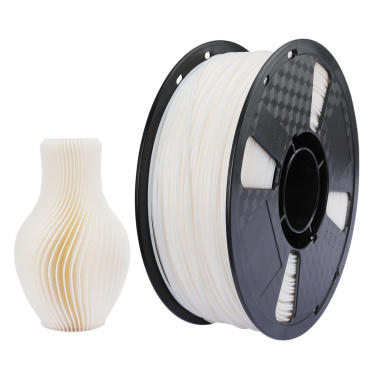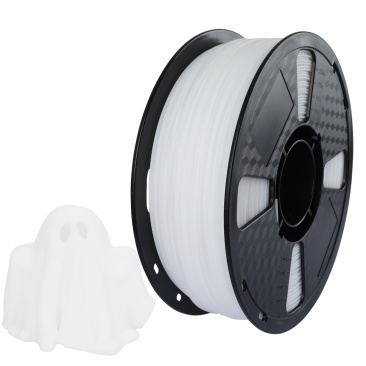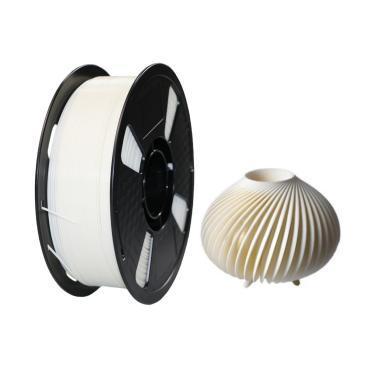Fully biodegradable materials are the optimal choice for biodegradable materials
Aug 29,2024
Degradable plastics refer to substances that are completely degraded into environmentally harmless substances under specific conditions or in natural environments. Degradable plastics, as a new type of polymer material, include various types, and the technological route is constantly developing. From the perspective of raw materials, biodegradable plastics can not only come from petrochemical raw materials, but also from biodegradation, photodegradation, oxidative degradation, and so on. From the perspective of degradation mechanisms, biodegradable plastics include biodegradation, photodegradation, oxidative degradation, etc. From the perspective of degradation effect, it can be divided into "complete" degradation and "partial" degradation.
There are so many types of biodegradable plastics, which one can consumers choose? Of course, we choose "full" degradation because its degradation products are harmless to the environment. At present, fully biodegradable materials are the main reason for the mature technological route, good industrial chain foundation, and complete standard testing system in the market.
So is' full 'biodegradation 100% degradation? No, According to GB/T19277.1927.17, we can know that in detection methods such as 19277.2, 19276.1, 19276.2, etc. in 28206, the biodegradation rate of biodegradable plastics should reach over 90%, which is called "complete" degradation. Because when environmental conditions such as compost and soil decrease, less than 10% of the organic carbon contained in biodegradable plastics becomes biological dead bodies or mineralized inorganic salts.
Can fully biodegradable materials only degrade under composting conditions? No, compost is only a fully biodegradable material for the degradation of biodegradable plastics. In natural environments such as soil, freshwater, or seawater, most biodegradable plastics will degrade under suitable temperature and humidity conditions, and eventually be completely decomposed by microorganisms into environmentally harmless substances. For example, fully biodegradable materials such as CL and PHA can be completely degraded within six months if soil, seawater, and other conditions are suitable. PLA materials can also degrade in natural environments such as soil and seawater.
The degradation conditions of biodegradable plastics include light, oxygen, heat, water, organisms, and microorganisms, especially microorganisms. However, these factors will not be satisfied simultaneously in daily use, so we do not need to worry about the degradation of the entire biodegradable plastic during use.
Degradable plastics are the most popular alternative to traditional plastics in both international and domestic markets. However, as it is a new material, it is still in the early stages of industrial development and requires significant R&D investment, equipment investment, and experimental investment. The existing industry is small in scale, scattered, and has high costs. With the continuous improvement of policies, industry standards, and market supervision related to biodegradable plastics, as well as the gradual promotion of plastic pollution control, the cultivation of green consumption habits and the popularization of biodegradable plastics are just around the corner.
Latest News
















